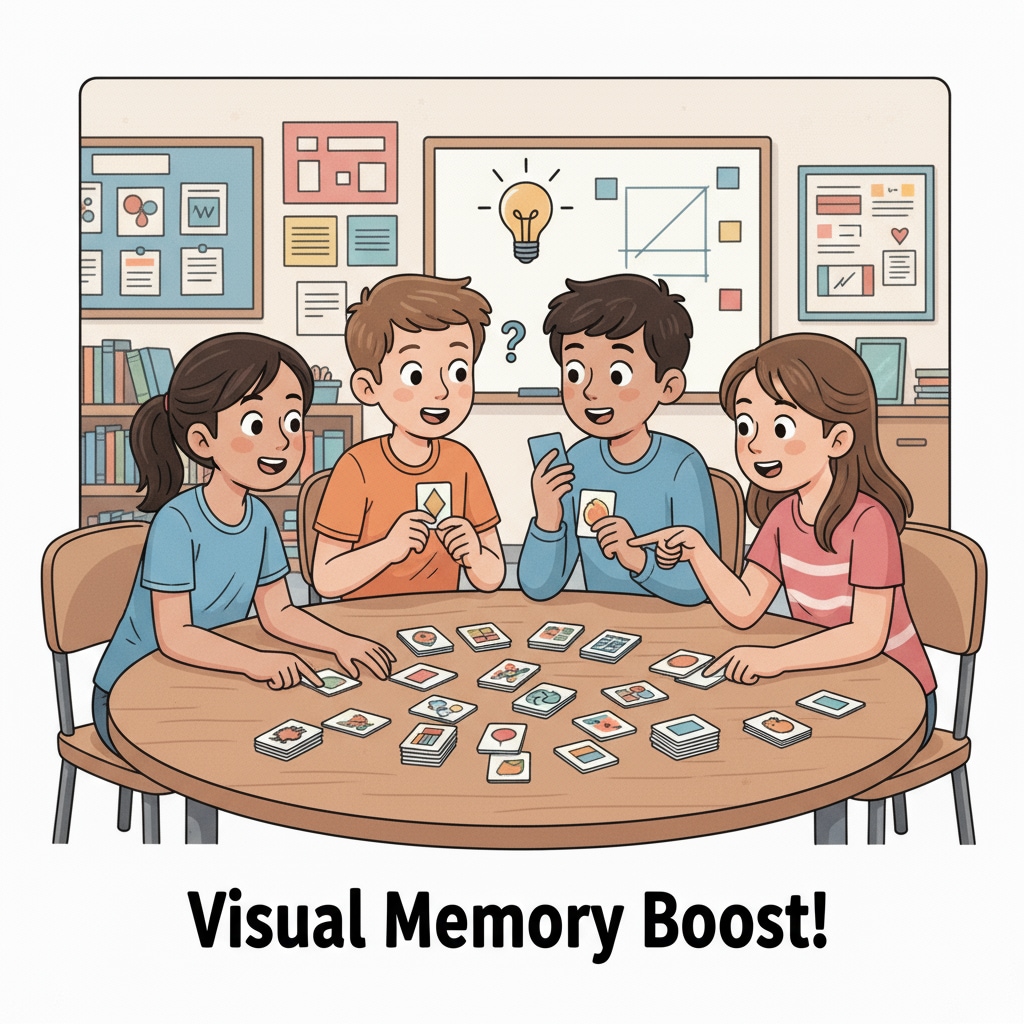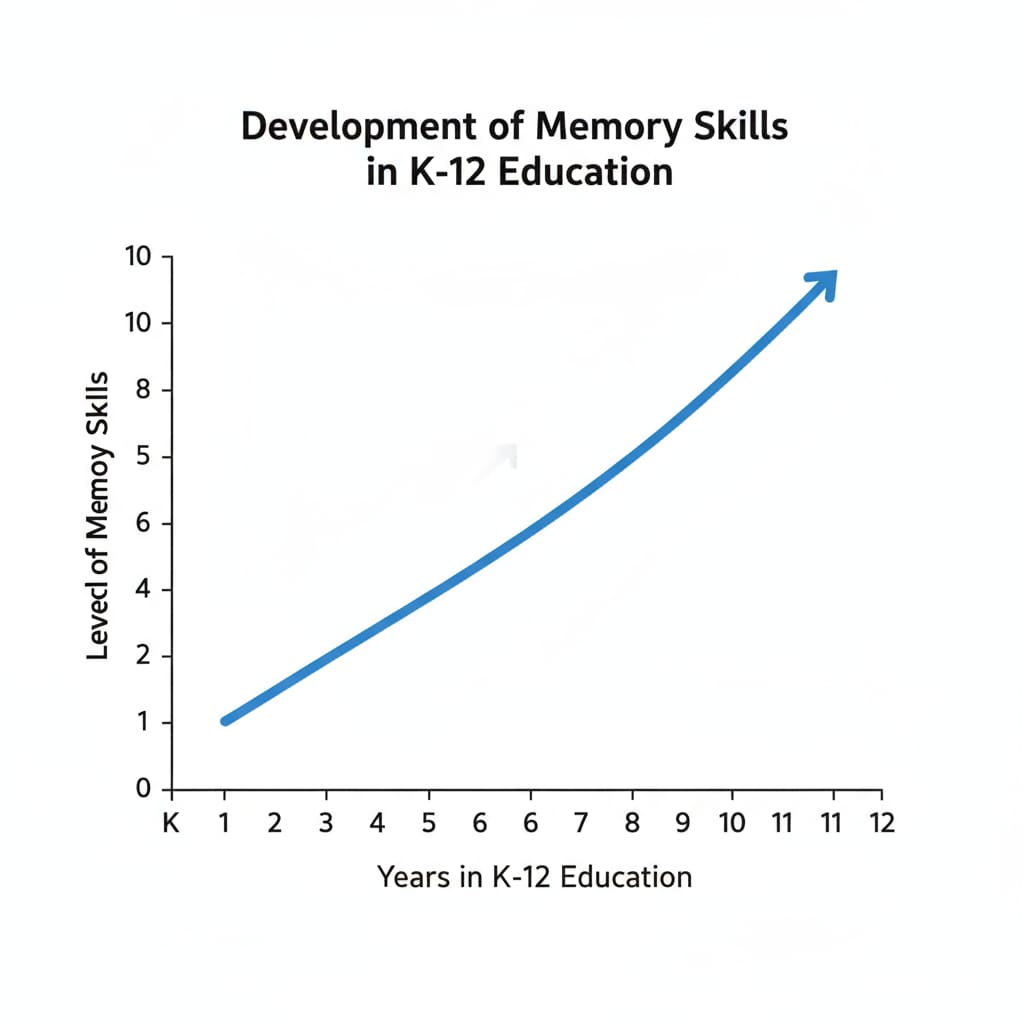Visual memory, memory development, and memory enhancement are crucial aspects of a student’s learning journey, especially during the K12 stage. In this article, we will explore the possibility of cultivating exceptional visual memory in K12 students and discuss effective methods to achieve this goal.

The Science Behind Visual Memory
Visual memory is not just a simple recall of images. According to Visual memory on Wikipedia, it involves complex neural processes in the brain. When we see an image, the brain encodes, stores, and later retrieves the information. Neurons in the visual cortex play a vital role in this process. For example, different neurons are activated depending on the shape, color, and texture of the image. This understanding of the scientific basis is the first step in exploring how to develop visual memory in K12 students.
Memory Development in K12
During the K12 stage, a student’s memory is in a state of rapid development. Memory development is influenced by various factors such as age, environment, and learning experiences. Younger students in the early K12 years may have shorter attention spans, but their brains are highly malleable. As they progress through the grades, their ability to process and retain information, including visual information, improves. This natural development trend can be harnessed to enhance visual memory.

Teachers and parents can create an environment that stimulates visual memory development. For instance, using colorful and engaging teaching materials, and encouraging students to actively observe and interact with their surroundings. By doing so, students are more likely to form strong visual memories.
Methods for Enhancing Visual Memory
There are several practical methods that can be employed to enhance visual memory in K12 students. One effective technique is visualization exercises. Students can be asked to close their eyes and vividly imagine a scene or an object. This helps strengthen the neural connections related to visual memory. Another method is the use of mnemonic devices. For example, creating associations between images and things to be remembered. According to Mnemonic device on Britannica, mnemonic devices can significantly improve memory recall.
Chunking is also a useful strategy. Instead of trying to remember individual elements of an image, students can group them into meaningful chunks. This reduces the cognitive load and makes it easier to recall the image later. Additionally, regular practice and repetition are key. By repeatedly exposing students to visual information and asking them to recall it, their visual memory capabilities can be gradually enhanced.
In conclusion, visual memory, memory development, and memory enhancement are achievable goals during the K12 stage. By understanding the scientific basis of visual memory, recognizing the development patterns in K12 students, and implementing effective methods, we can help students develop exceptional visual memory. This will not only benefit their academic performance but also prepare them well for their future endeavors.
Readability guidance: The key points are presented in short paragraphs and lists for better understanding. Each H2 section has relevant details and lists where appropriate. The use of passive voice and long sentences is controlled, and transition words are added throughout the text to enhance readability.


